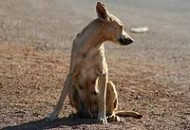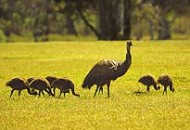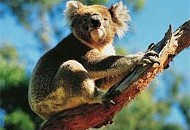Kangaroos and Wallabies Facts
There are very few differences between most kangaroos and wallabies except for their size and markings. Kangaroos and wallabies are all ground dwellers, mostly grazing on grasses and leaves except for the Tree Kangaroo which is found in tropical north-eastern Queensland. Although ungainly on the ground these kangaroos are amazingly agile in trees and can leap over 9 meters. They are also the only kangaroos that can move their hindlegs separately, which makes tree climbing easier.
The Grey Kangaroo is found in Australia’s southern forests, while the Great Red Kangaroo prefers to inhabit inland areas. Large red and grey kangaroos can jump over obstacles 3 meters high and are the world’s largest living marsupials.There are numerous species of Rock Wallaby throughout Australia, which unsurprisingly prefer rough terrain and rocky outcrops. Very small wallabies called Pandemelons prefer to live in thickets.
Some species from more arid regions can exist without drinking water and will stop breeding during droughts. Island-dwelling populations of Tammar Wallabies, which are mostly found in south-western Australia, have even adapted to survive by drinking sea water.







